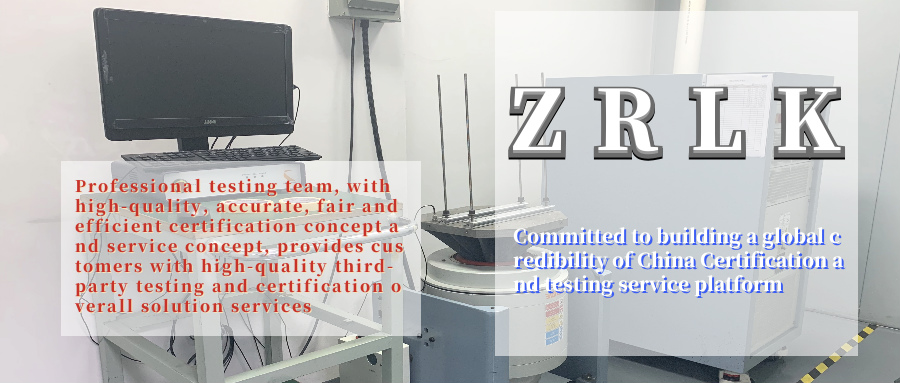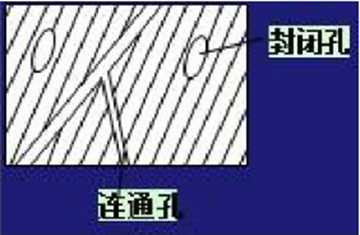<small id="wg64m"></small> 
Project Introduction
Porosity refers to the proportion of the volume of pores (open and closed) in the volume of the material. Another concept corresponding to the porosity of the material is the density of the material. Density indicates the degree to which the material is filled with solids. It quantitatively reflects the content of solids in the material. The effect on the properties of the material is exactly the opposite of the effect of porosity. The density and porosity of the material reflect the density of the material from different aspects, usually expressed in porosity.

Calculation of porosity
Void ratio = (1-bulk density of the bulk material/apparent density of the bulk material)*100%L void ratio=*100%

Among them: P-porosity of the material,%
The structure of the void
Connected holes: communicate with each other and communicate with the outside world
Closed holes: independent and isolated from the outside world

Metal porosity
The porosity of the metal coating refers to the fine pores from the surface of the coating to the base metal. The coating porosity reflects the density of the coating surface, and the porosity directly affects the protective ability of the protective coating (mainly cathodic coating). As a coating with special performance requirements (such as anti-carburization, nitriding, etc.), porosity measurement is also extremely important, it is an important indicator to measure the quality of the coating.

Method Standard
Porosity test method
The national standard GB5935 stipulates the methods for measuring the coating porosity including the filter paper method, the paste method, the dipping method, the anode dielectric measurement of the coating porosity method, and the gas phase test method.
National Standard Reference for Electroplating
The standard of the porosity test of the electroplated coating is: GB/T17721-1999 metal cover porosity test: iron reagent test, GB/T18179--XX metal cover porosity test: wet sulfur (sulfurization) test.


KC certification is a mandatory certification system implemented in South Korea for electronic and electrical products, aimed at ensuring that products comply with South Korea\'s safety and electromagnetic compatibility standards. The Korean market has strict quality control over imported goods, and smart rings, as electronic products, must pass KC certification in order to be legally sold in the Korean market.
CE-RED certification is a mandatory compliance requirement of the European Union for wireless devices. For smartwatches with wireless functions such as Bluetooth and Wi Fi, its importance is mainly reflected in the following three aspects.

The Brazilian market has enormous potential, but in order to successfully enter, ANATEL certification is an essential first step. As an authoritative standard certified by the Brazilian Communications Authority, ANATEL certification is not only a guarantee of product quality, but also a legal entry threshold into the Brazilian market.
Porosity refers to the proportion of the volume of pores (open and closed) in the volume of the material. Another concept corresponding to the porosity of the material is the density of the material. Density indicates the degree to which the material is filled with solids.
Get a quote